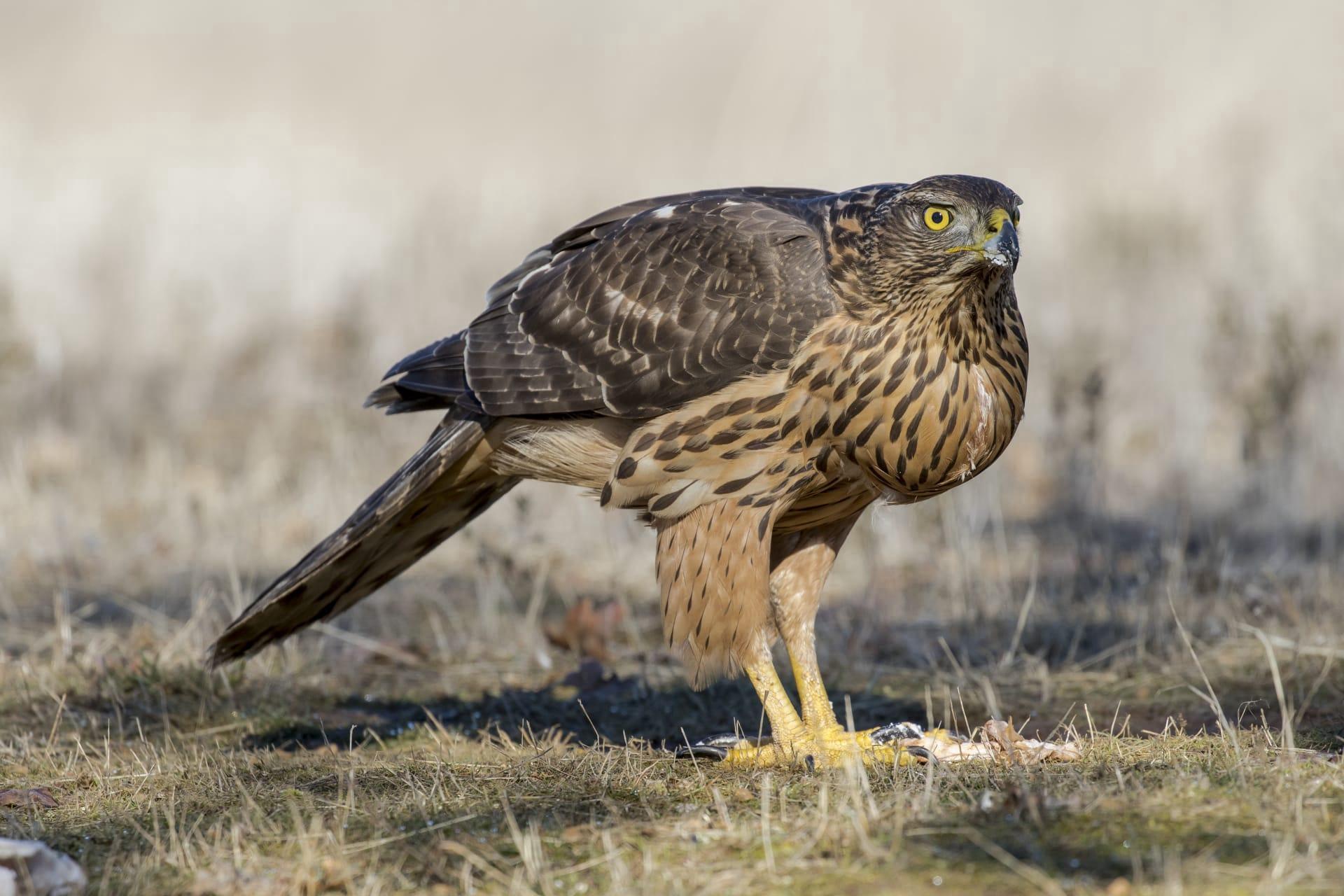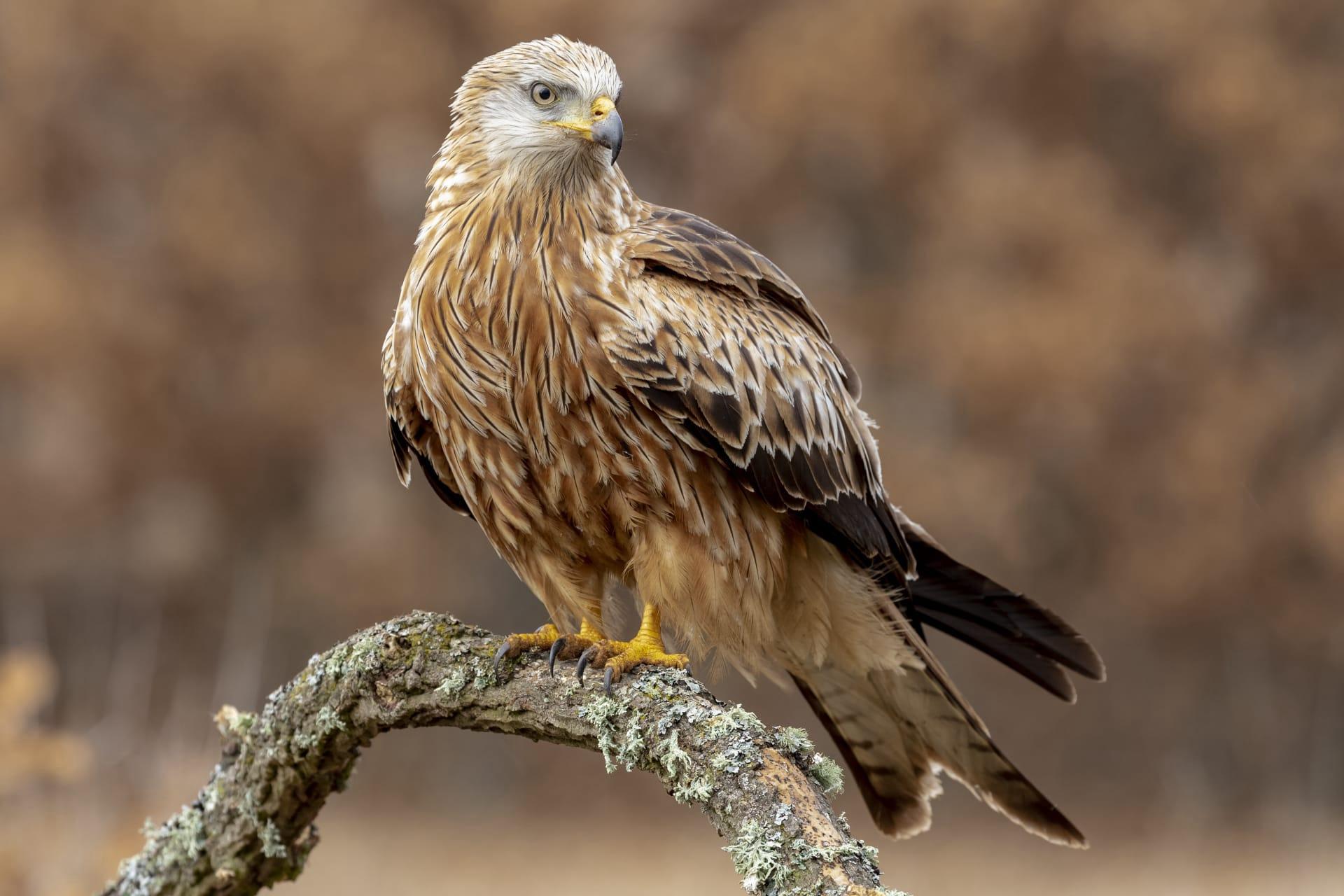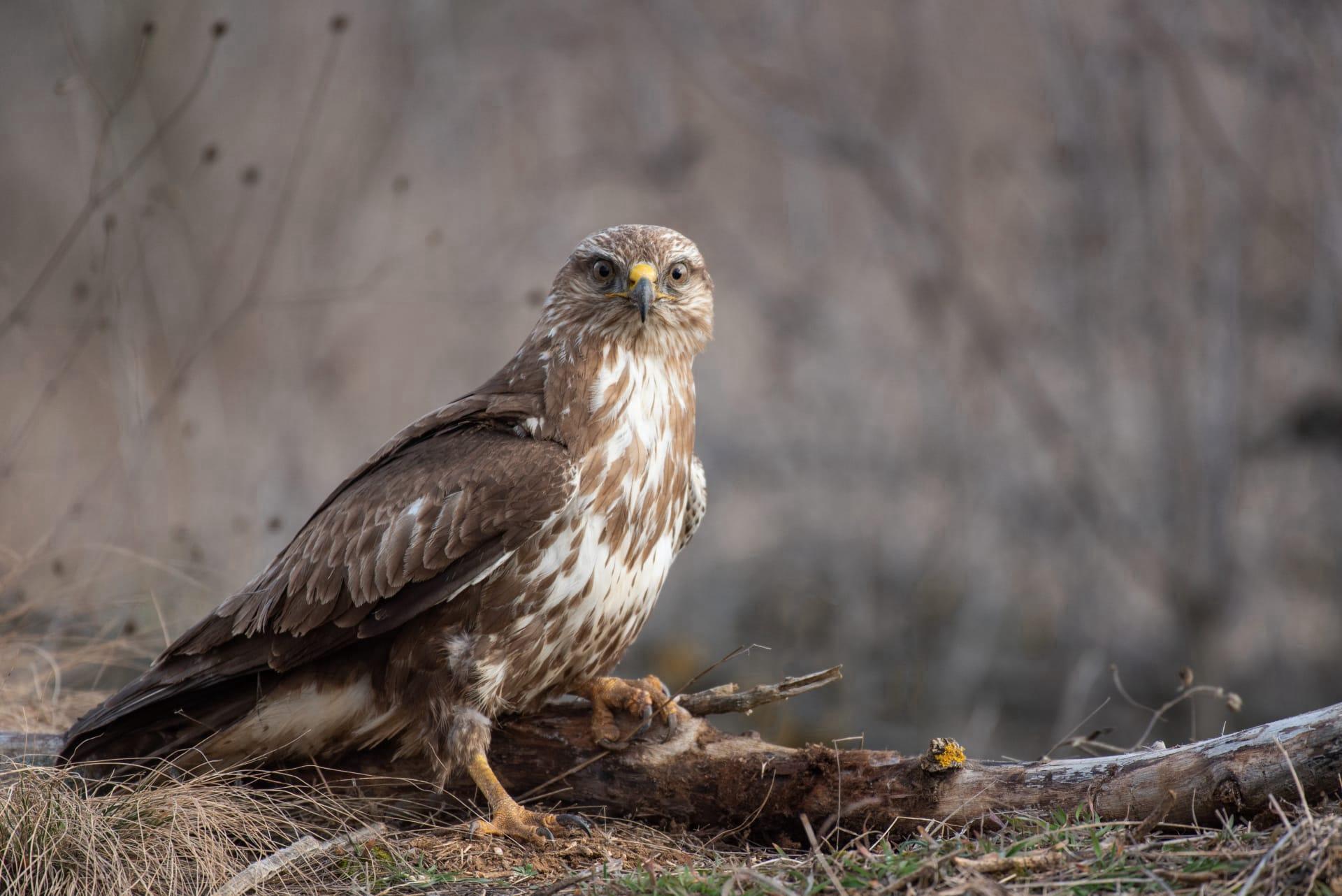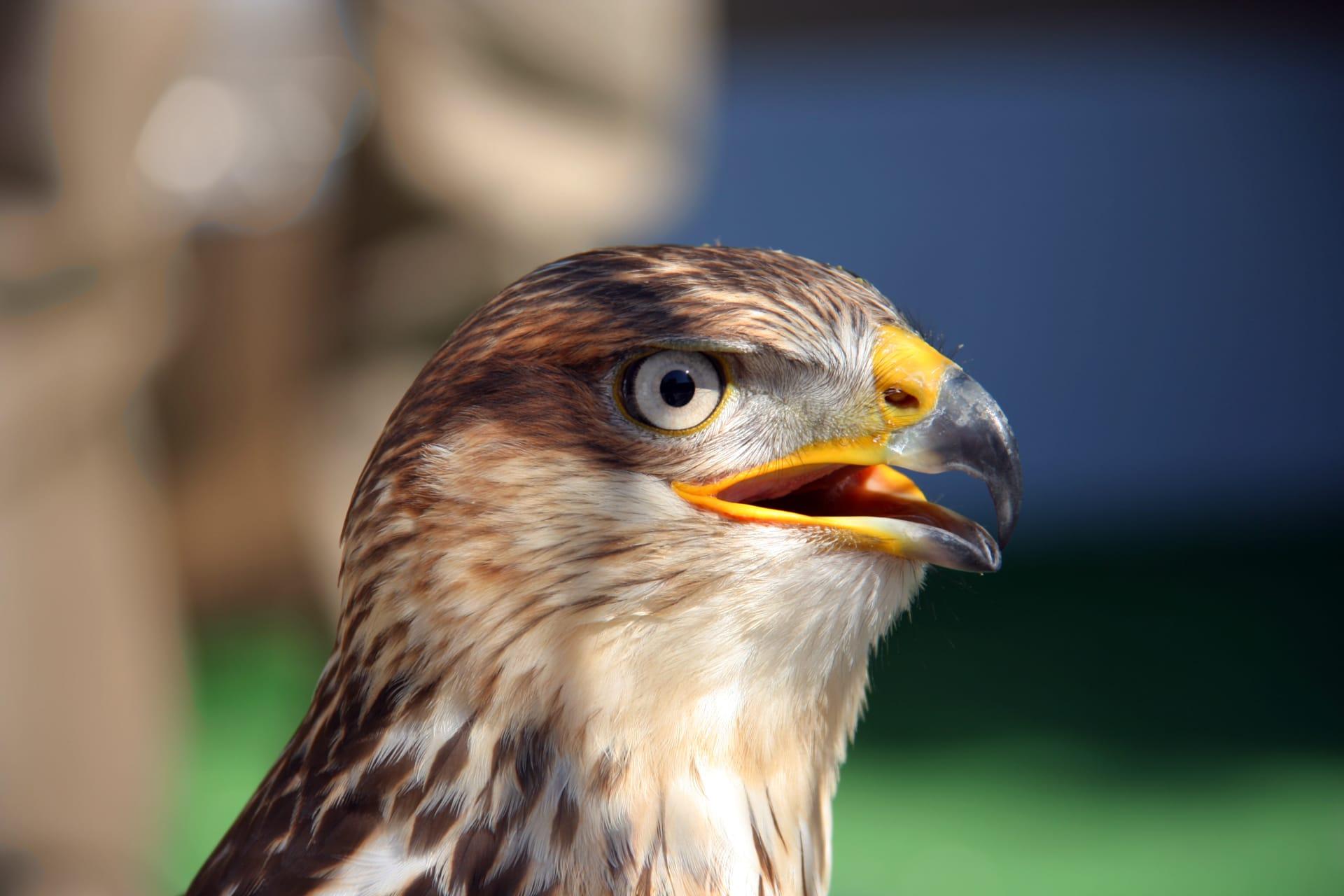1
Falcons are renowned for their incredible speed, especially during a hunting dive. The peregrine falcon, in particular, holds the record for being the fastest bird in the world. When diving to catch prey, it can reach speeds of over 240 miles per hour (386 kilometers per hour). This phenomenal speed is achieved by tucking in its wings to minimize air resistance, transforming its body into a sleek, aerodynamic shape.
Another fascinating aspect of falcons is their remarkable vision. These birds have extraordinary eyesight, which is essential for spotting prey from great distances. A falcon's vision is estimated to be 2.6 times sharper than a human's. This means a falcon can see small prey from a distance of up to 1.2 miles (almost 2 kilometers). Their eyes are equipped with a special structure called a "fovea," which is much denser in photoreceptor cells compared to human eyes, allowing them to detect even the slightest movements.

2
Falcons have a unique hunting strategy known as "stooping." When a falcon spots its prey, it ascends to a high elevation and then dives at an incredible speed towards the target. This tactic not only allows the falcon to catch its prey off guard but also utilizes the bird's speed and agility to its advantage. The impact of the falcon's talons at such high speeds is often enough to stun or kill the prey instantly.
Another intriguing fact about falcons is their wide variety of species. There are over 40 recognized species of falcons across the world. These species vary significantly in size and habitat preferences. For example, the Gyrfalcon, the largest falcon species, can have a wingspan up to 63 inches (160 centimeters), while the smaller species like the American Kestrel has a wingspan of just 20-24 inches (51-61 centimeters).

3
Falcons play a significant role in the cultural and historical context of many societies. In ancient Egypt, the falcon was revered as a sacred bird and was associated with the sun god Ra. The bird's image was often used in Egyptian art and hieroglyphics. Similarly, in medieval Europe, falconry – the sport of hunting with falcons – was a popular pastime among the nobility.
The way falcons mate and raise their young is also noteworthy. Falcons are known to mate for life, showing a strong bond with their partners. They often return to the same nesting sites year after year. The female typically lays 2-4 eggs, and both parents take turns incubating them. During this time, the male falcon is responsible for hunting and bringing food to the nest.

4
Falcons have adapted to a wide range of environments. While many species prefer open landscapes like grasslands or tundras, others thrive in urban settings. The peregrine falcon, for instance, has adapted remarkably well to city life. They often nest on tall buildings and skyscrapers, which mimic the high cliff ledges they naturally prefer. This adaptation has helped some falcon populations to rebound, as cities provide ample food supply and less predatory threat.
Their diet is diverse and largely depends on the species and their habitat. Falcons primarily feed on other birds, but they also hunt small mammals, insects, and fish. The larger species like the Gyrfalcon can even prey on birds as large as geese. Their hunting skills are honed from a young age, as falcon chicks learn to fly and hunt efficiently within the first few months of their lives.

5
Falcons have an intriguing method of communication. They use a variety of vocalizations to communicate with each other, especially during the mating season. These vocalizations include a mix of screeches, chatters, and whistles. The sound of a falcon's call can vary greatly between species, and is often used by ornithologists to identify different types of falcons in the wild.
Finally, the feathers of falcons are not only functional but also hold cultural significance. The feathers are aerodynamically shaped to aid in their high-speed dives and agile maneuvers. In many cultures, falcon feathers are seen as symbols of speed, freedom, and connection with the natural world. They have been used in ceremonial dresses, traditional headdresses, and as a mark of honor in various cultures throughout history.